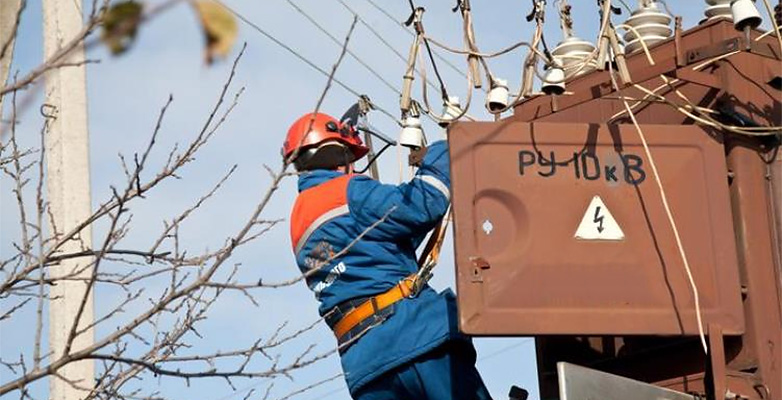A report released by the World Bank Group on July 27, 2020 notes that Tajikistan’s power system faced three key challenges: financial distress; low institutional capacity of Barqi Tojik; and the deteriorating condition of most power assets.
Tajikistan Energy Loss Reduction Project says the Barqi Tojik’s financial distress resulted from severe cost recovery challenges from low tariff levels, insufficient metering, and excessive technical energy losses, among other reasons.
In his address to a joint meeting of both chamber of parliament, Tajik President Emomali Rahmon noted on December 23 last year that 10.7 billion somonis (TJS) have been spent for restoration and renovation of the country's electricity grids during the independence period.
“However, the electricity loss situation is still concerning as it was 20.4% in ten months of this year,” Rahmon noted on December 23.
In this regard, the Ministry of Energy and Water Resources and the Joint-Stock Company (JSC) Electricity Distribution Company have reportedly been mandated to ensure high-quality and timely implementation of the TJS 2.4 billion project on electricity loss reduction and install more than 800,000 billing meters in various districts and cities of the country within the identified time-frame.
“The Ministry of Energy and Water Resources is mandated to work with the line companies to establish a unified and centralized billing system, install smart meters, and thereby reduce electricity losses to 9%t by the end of 2025, ensure the full collection of electricity fees and effective use of existing resources,” said the head of state. “I also would like to urge our noble people to follow good culture of electricity consumption and make efforts to save it by applying energy efficient equipment and minimizing the electricity loss.”
Recall, two open joint stock companies – Power Distribution Network and Power Transmission Network – were established on the basis of Open Joint-Stock Holding Company Barqi Tojik (Tajikistan’s state-run power utility) in summer 2020. Barqi Tojik is now engaged exclusively in generating electric power.
Commercial losses are faced by power distribution companies and technical losses are also losses that occur within the distribution network due to the cables, overhead lines, transformers and other substation equipment that are used to transfer electricity.
Commercial losses means the maximum allowable percentage of electricity generated that is not correctly metered, billed and revenue collected.
The technical losses are due to energy dissipated in the conductors, equipment used for transmission line, transformer, sub- transmission line and distribution line and magnetic losses in transformers.
Barqi Tojik top managers noted in summer last year that they had managed to decrease electricity generation losses from 0.53 percent in the first half-year of 2021 to 0.48 percent in the first half-year of 2022. About 7.7 billion kWh of electricity was generated, and only 37 million kWh of electric power was lost, which is equal to daily power generation.
Representative of OJSC Power Transmission Network note that over the first six months of last year, losses on high voltage lines and at substations amounted to 3.37 percent (about 380 million kWh), which is 0.38 percent fewer compared to January-June of 2021.
Representatives of OJSC Power Distribution Network say that as a result of taken measures, power losses in systems used to distribute electricity decreased from 32.2 percent in January-June 2021 to 19.96 percent in January-June 2022.
In total, losses in power distribution systems in the first half-year of 2022 reportedly amounted to 25.6 percent of the received electric power.
Meanwhile, local experts, who consider that the main reason for power losses is unprofitability of Barqi Tojik, say real commercial losses are much higher than official figures show.




